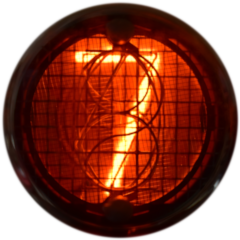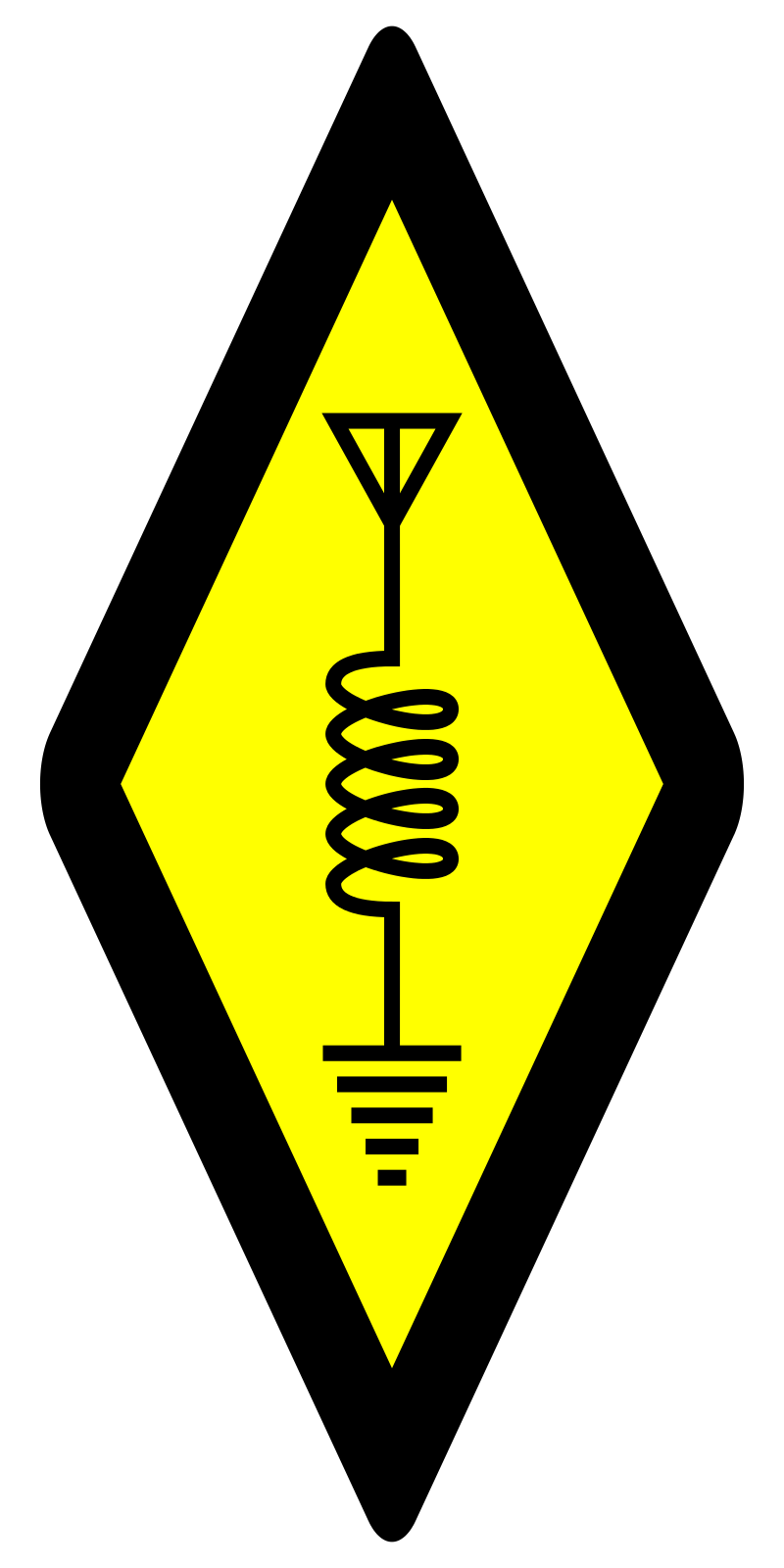That’s a nice radio. It has memory banks, which are essential for managing the 1000 channels it holds. For some reason, Yaesu stopped putting memory banks in their newer radios. The US version is tri band, which is nice if you have any 1.25m repeaters nearby. The batteries are a bit expensive though.
- 2 Posts
- 9 Comments
That’s a good signal for an HT. Were you using a directional antenna?
Make sure auto slant is checked in QSSTV. It will help with the skewing.

 7·6 months ago
7·6 months agoYou don’t need any special equipment. A baofeng or RTL-SDR will work fine. The stock antenna on a baofeng will pick up the ISS on a high elevation pass if you hold it sideways. A handheld yagi can be built from some scraps of wire and wood.

 8·6 months ago
8·6 months agoNo, you need an audio interface such as a Signalink or Digirig.
You could also make a simple interface with a couple of audio cables connected to your sound card. You will need an L pad to reduce the line level from the computer down to microphone level for the radio. For some modes like SSTV, you can use the VOX function on your radio to transmit, Many other modes will need some sort of PTT control because VOX will be too slow.

 2·6 months ago
2·6 months agoYes, you can use a vertical antenna, but it’s not ideal. There is a null overhead. They will work better on lower elevation passes. If the vertical is on an HT, you can hold it sideways to receive on a high elevation pass.
There are omnidirectional antennas for satellites such as a quadrifilar helix or turnstile antenna that will work very well for stronger signals like the ISS and the old NOAA satellites.

 3·6 months ago
3·6 months agoI wouldn’t go any closer than 2 wavelengths. 3 or more would be preferable.

 4·6 months ago
4·6 months agoKeep the transmitting and receiving antennas a few wavelengths apart to prevent damage, farther if you’re using an amplifier. You can transmit right next to the RTL-SDR with an HT if you disconnect the antenna from the SDR. It will still receive the signal from across the room.

 3·6 months ago
3·6 months agoThe ISS is an easy one to start with. The signal is much stronger than most of the others.



You can have separate banks for each city. That way you can scan just the repeaters for the city you are in. I have a radio with 1000 channels and no memory banks. I have to hook it up to the computer and reprogram it whenever I go to a different area.
On the Yaesu radios that support memory banks, you don’t have to use them. You can put the same channel in multiple banks or put every channel in one bank.